Categories
Subjects
Authors
Artists
Venues
Locations
Calendar
Filter
Done
September 7, 2023 – Review
Tuan Andrew Nguyen’s “Radiant Remembrance”
Murtaza Vali

In Ken McMullen’s experimental film Ghost Dance (1983), Jacques Derrida proclaims that “Cinema is the art of ghosts, a battle of phantoms. It’s the art of allowing ghosts to come back.” This assertion of film’s proximity to the spectral plays out across Tuan Andrew Nguyen’s video installations, three of which anchor “Radiant Remembrance.” Blending animist beliefs held by Indigenous communities across Southeast Asia with the importance given to reincarnation within Buddhist theology, Nguyen uses film as a medium, not just as the material form of his art practice but as a channel through which to conjure forgotten pasts, narrate counter-memories, and confront historical violence and ecological destruction. After all, what are ghosts, if not simply our ancestors, and our memories of them, continuing to radiate their presence to us? What is remembrance if not simply a form of reincarnation?
These capacities are most clearly articulated in The Specter of Ancestors Becoming (2019), an immersive four-channel video installation about the descendants of the tirailleurs sénégalais—Senegalese soldiers conscripted to fight for the colonial French army in the First Indochina War who fathered children with Vietnamese women. That conflict ended a year before the 1955 Bandung Conference, which sought to build cooperation …
November 17, 2021 – Review
New Museum Triennial, “Soft Water Hard Stone”
Dina Ramadan

The reopening of New York’s art institutions a little over a year ago was accompanied by vocal expressions of support for movements for racial and social justice, and an avowed intention to confront their own discriminatory practices. What has transpired since has mostly taken the form of a curatorial recalibration—of which “Soft Water Hard Stone” is symptomatic—in which exhibition-making has been used as a primary tool of critique and correction. However, despite their content, such exhibitions tend to leave the institutional infrastructure largely intact, all too often underplaying both the historic and continued complicity of the art establishment in perpetuating the conditions for colonialism, climate change, poverty, income inequality, displacement, and gentrification. Curated by the New Museum’s Margot Norton and Jamillah James of the Institution of Contemporary Art, Los Angeles, the fifth edition of the New Museum Triennial includes 40 artists from 23 countries. Borrowing its title from a Brazilian proverb—a commentary on the power of perseverance and persistence—“Soft Water Hard Stone” contemplates material and materiality, focusing primarily on Indigenous artists from the Americas working in various forms of sculpture, with a handful of video installations and a noticeable absence of photography. The assumption of a slow and steady path …
April 6, 2021 – Feature
“Grief and Grievance: Art and Mourning in America”
Ladi’Sasha Jones
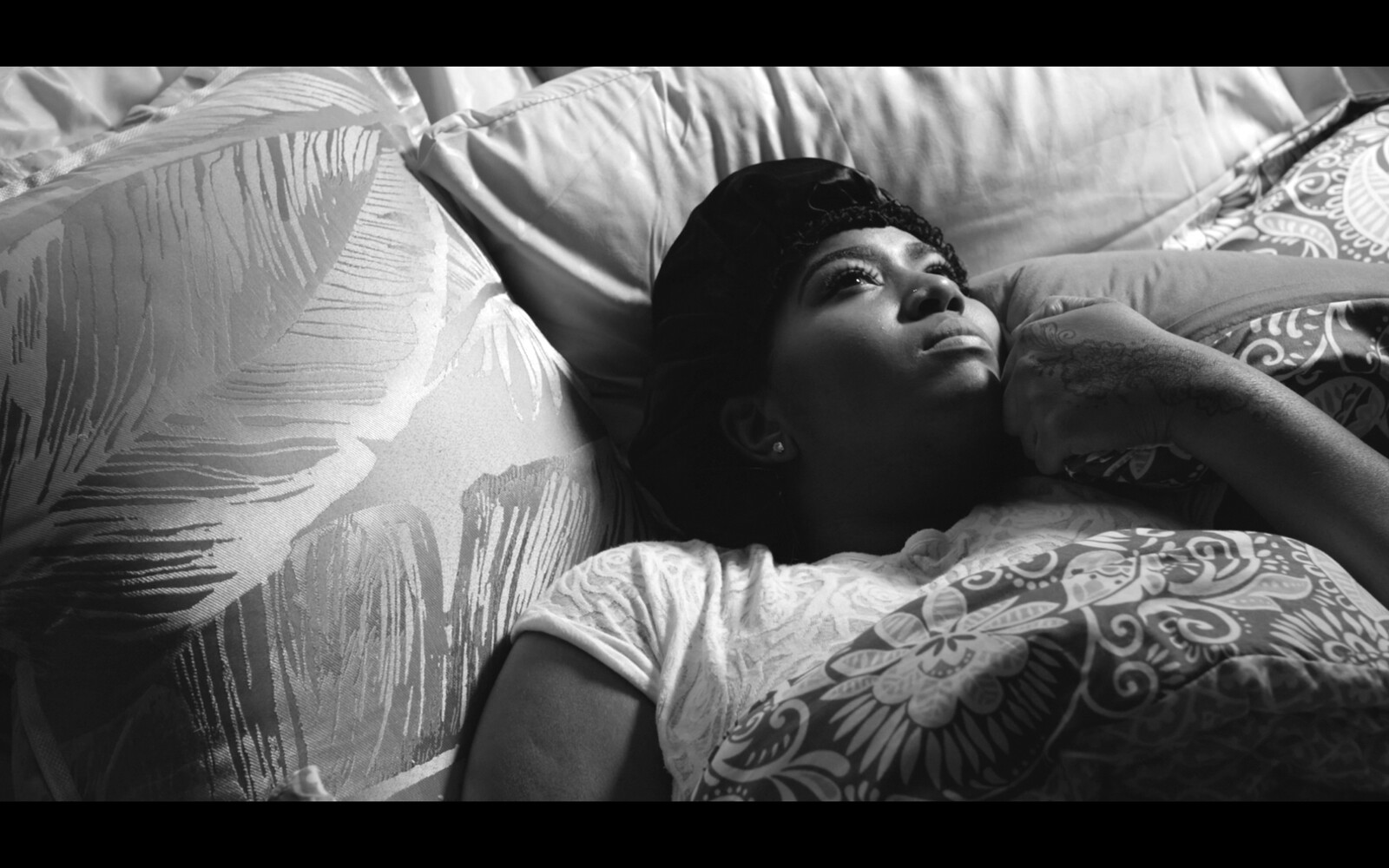
Ella Sheppard Moore’s father bought her freedom from enslavement as a child; as the lead arranger and composer of the Fisk Jubilee Singers, she grew up to establish Negro spirituals (or plantation songs) in the landscape of American popular culture. Listening to a 1909 recording of “Swing Low, Sweet Chariot,” which happens to be my favorite spiritual, I hear a haunting ringing out as the four members sing the phrase “coming for to carry me home”—taking a hold of the word “home,” stretching it, and drawing it out over a run of four notes wherein the register lowers twice as the chorus loops back around. What is utterly magnificent about this rendition of the song, which differs greatly from the version I grew up listening to and singing, is that it conveys a deeper, reifying story of radical refusal, stirring the condition that emerges from living in pursuit of freedom from the imagination of white terror. This kind of living is marked in the formations of early Black American music, wherein songs are in part prayers and prophetic visioning. They are spiritual speech acts that map pathways for new possibilities, self-possessed futurities.
Okwui Enwezor wrote that the social space …
March 31, 2020 – Review
Peter Saul’s “Crime and Punishment”
Jonathan Griffin
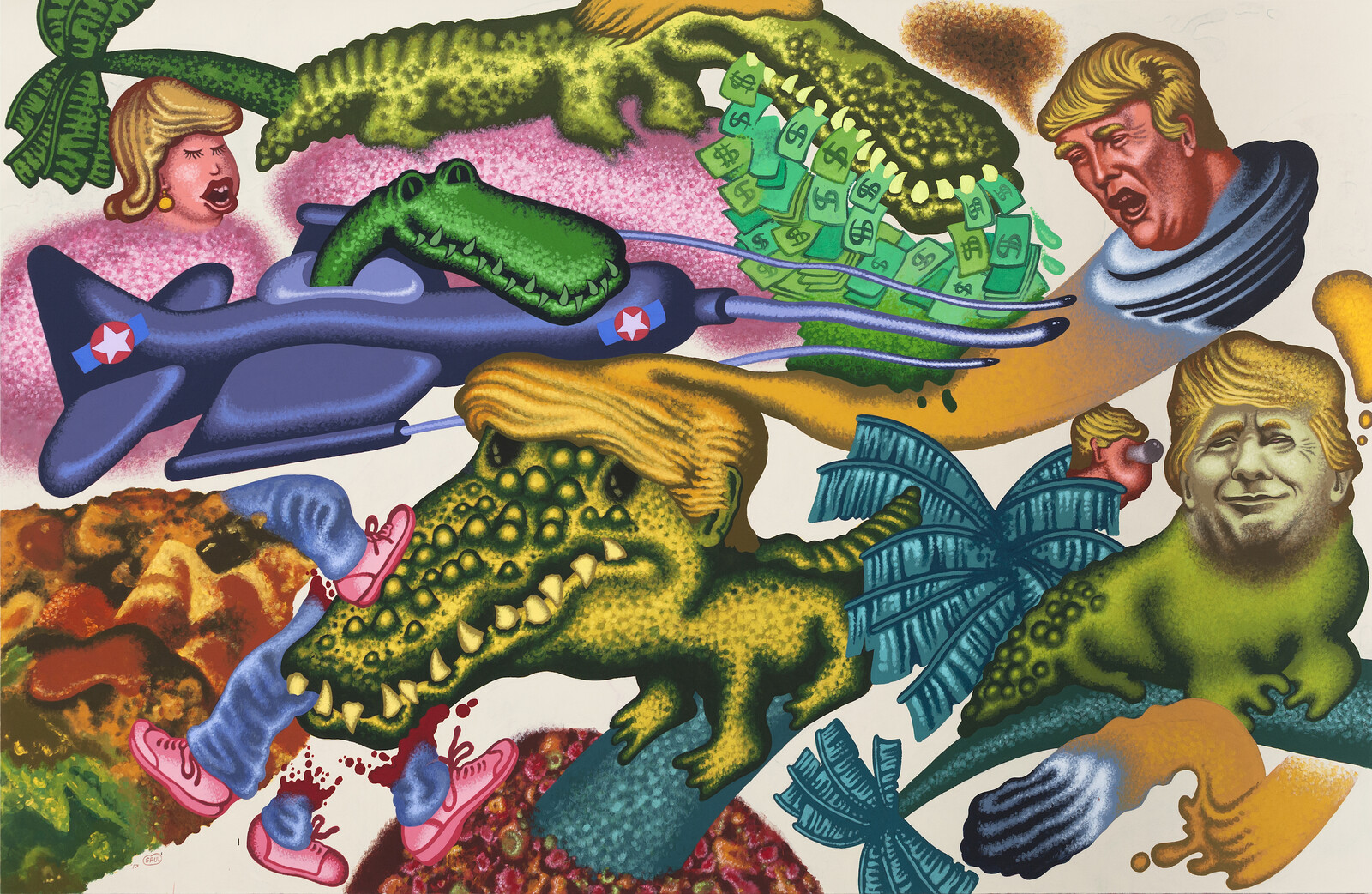
How much is too much, when it comes to the art of Peter Saul? How about: The big high box of the New Museum’s fourth-floor gallery stacked two-deep with more than two dozen large paintings in fluorescent hues? How about: Every gallery on the floor below packed with at least as many again, dating from 1960 to the present? How about: Three paintings that feature Donald Trump? Seven of electric chairs? Countless more figures with bullet-holes spewing glossy gouts of blood? A dog barfing onto the head of Rush Limbaugh, accompanied by a speech bubble that reads “BARF”? How about: One retrospective, only the second of the artist’s career, and his first in New York?
I thought I was a fan of Peter Saul, but “Crime and Punishment,” the five-decade retrospective curated by Massimiliano Gioni and Gary Carrion-Murayari, left me numb. Really, there is no other way to feel after seeing this much of Saul’s work, which trades in violent mayhem, visual noise, muscular kinesis, compositional derangement and—increasingly since the mid-1960s—hard-edged shapes rendered in bold and clashing colors.
There is no question that Saul is a virtuoso technician, as he himself seems eager to demonstrate. His meticulous use of pointillism renders …
July 13, 2018 – Review
Hiwa K’s “Blind as the Mother Tongue”
Ania Szremski
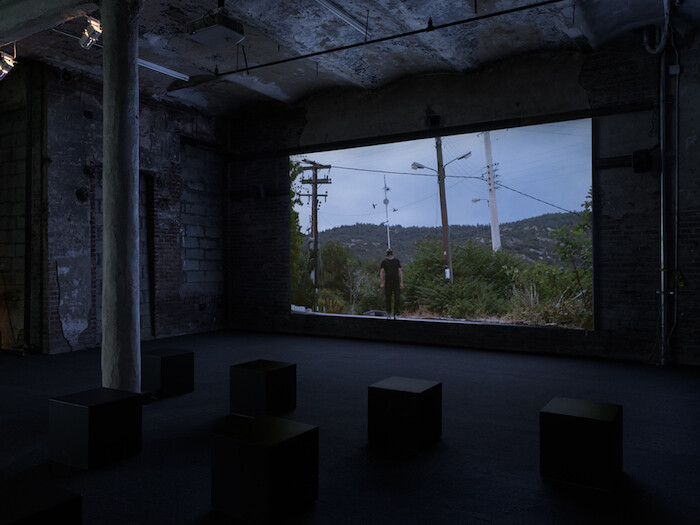
Hiwa K doesn’t believe that art can change anything.
Following a screening of his videos at the Film Society of Lincoln Center, the Iraqi-Kurdish artist explained his frustration with the uselessness of the whole contemporary art enterprise in the face of profound global violence. To hear him say that he doesn’t believe art can offer anything in terms of repair felt startling, at odds with the political nature of the works we had just seen.
But it also felt breathtakingly familiar. I worked at an art space in downtown Cairo in the years following Egypt’s 2011 revolution. As I was mounting exhibitions in the center of clouds of tear gas and violent clashes, against a backdrop of forced disappearances and mass killings, I was constantly, brutally, forced to ask myself why we were doing what we were doing. There was an incredible sense of urgency to persist, but at the same time, the crushing knowledge that it was largely pointless, that art wasn’t going to get anyone out of jail, for example. Hiwa K left the context of crisis out of necessity, I left out of choice; we both settled in the so-called Western world, where we watch those traumas continue to …
February 22, 2018 – Review
New Museum Triennial, “Songs for Sabotage”
Kevin McGarry
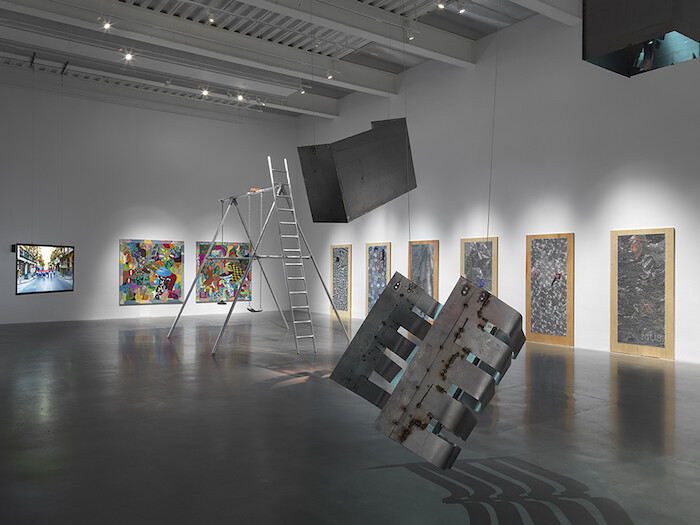
“Songs for Sabotage,” the fourth New Museum Triennial, is suavely branded as a survey of 26 subversive practices from around the world. The curators, Gary Carrion-Murayari and Alex Gartenfeld, frame the exhibition with an astute awareness of the challenges it faces as an institution that would seem to reify the repressive ideologies it purports to dismantle. In his catalog text, Gartenfeld—who might be considered the most precocious institutional mind of the generation still younger than Jesus, and thus keenly attuned to the trappings of dwelling on age—addresses the wise move to excise the word “generational” from the show’s identity (though it remains a round-up of artists under 35), writing, as a kind of disclaimer: “Previously described as a ‘generational’ survey, the Triennial implicitly and explicitly weds the notion of youth to international movements in order to link artistic potential (both criticality and marketability) to demographics.”
Further, he parses how the Triennial is positioned in such a way that makes it an increasingly impossible curatorial undertaking: “The implicit task of the Triennial is to contrast the spirit of internationalism—solidarity, diversity, autonomy—with the deleterious, dominating processes of globalization, and to observe and propose points of connection that might be liberatory, rather than merely …
May 23, 2017 – Feature
New York City Roundup
Orit Gat
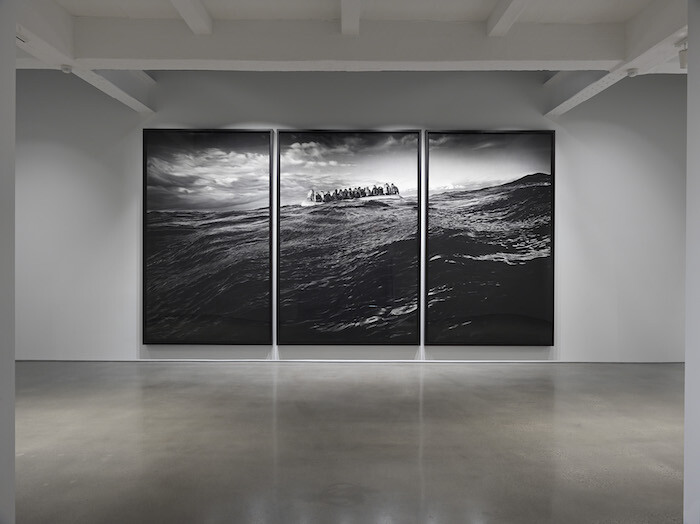
As I missed out on international art events this season because New York is so far away, all I could think of was how unlucky their curators are. You work on Venice or Documenta for a year or two or four. You start out researching when there’s a somewhat liberal president in the US and some island off the coast of Europe still considers itself part of the union. Though the war in Syria, the refugee crisis, and economic instability in the EU were already present, there’s still a feeling that this past year has served too many blows. And those large-scale exhibitions, years in the making, all opened to a great unknown.
On Instagram, almost all the photos I see from Venice are of the same works, and I wonder how and if they respond to the current situation, whether there is a way for art not to seem detached. In New York, few of the exhibitions currently on view in commercial galleries and museums focus directly on contemporary politics. At Metro Pictures, Robert Longo’s show, “The Destroyer Cycle,” does just that. It’s comprised of large-scale charcoal-and-graphite drawings of riot cops in full gear, prisoners being led to a CIA …
February 26, 2015 – Review
New Museum Triennial, “Surround Audience”
Andrew Stefan Weiner
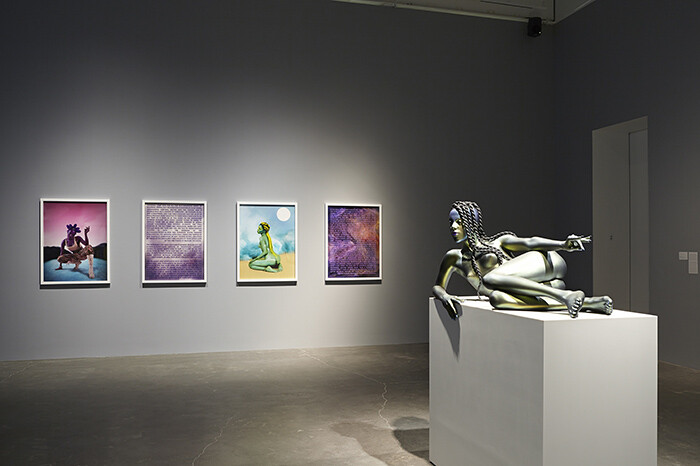
The phrase “Surround Audience” sounds like it could be the name of an EDM party, a function in a home theater system, a Quickmeme caption, or Michael Fried’s worst nightmare. It is actually the title-cum-motto-cum-slogan of the 2015 New Museum Triennial, which at first glance appears to be some mixture of these descriptors. The current Triennial, curated by Lauren Cornell and the artist Ryan Trecartin, is the third installment of an event that has quickly realized its ambition of becoming New York’s leading exhibition of on-trend global contemporary art. As if this weren’t enough, the current Triennial aspires to expand into a kind of aggregative platform: hosting performances, publishing a poetry collection, and sponsoring residencies, research projects, and a web series.
Visitors to the Triennial will indeed feel themselves surrounded, even overrun by competing appeals for their attention. These bids are so numerous and elaborate that at times the show seems less like an art exhibition than a tech convention or a curated Tumblr. To be fair, such heterogeneity is endemic in biennials, which tend to be at cross purposes in trying to craft a cohesive, timely statement from disparate works chosen for divergent reasons. Depending on one’s age, taste, and …